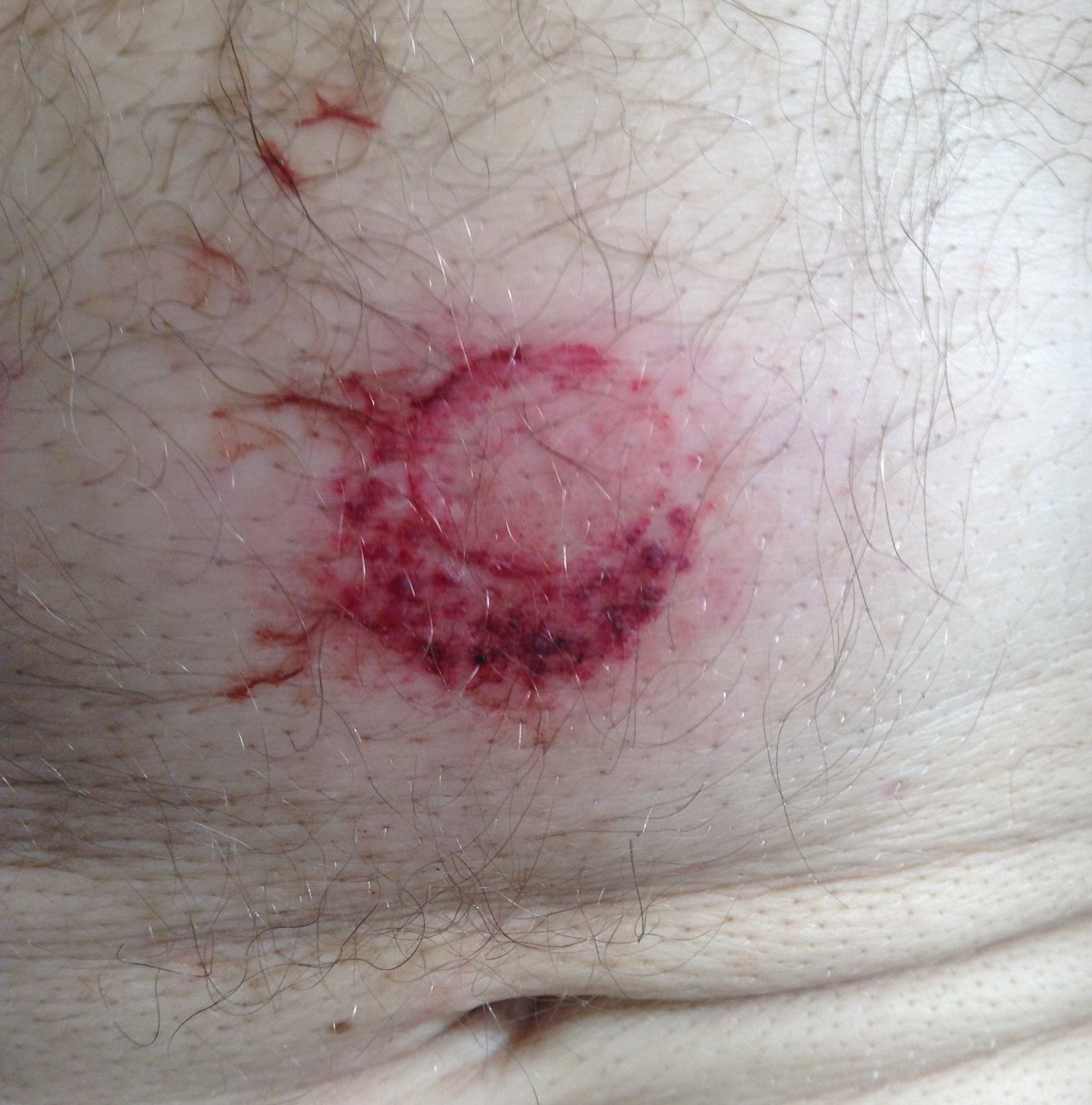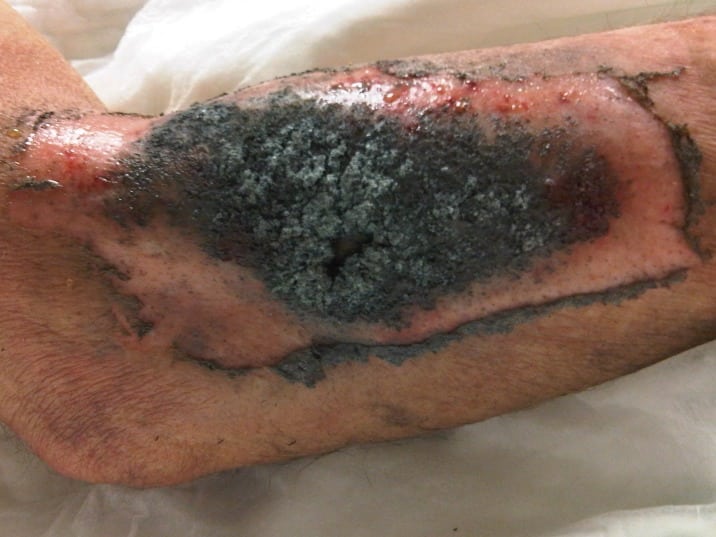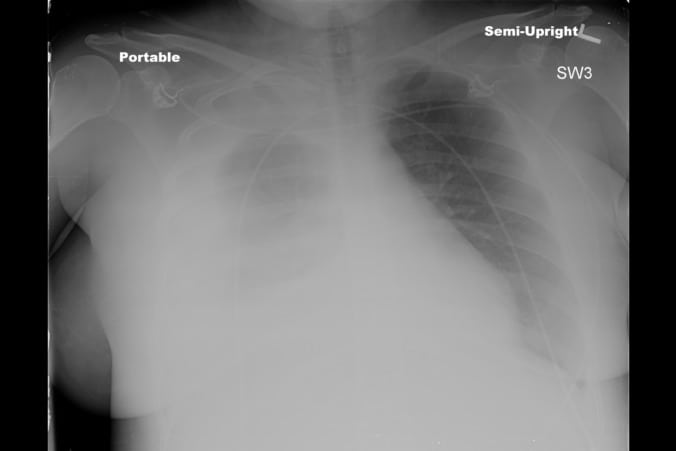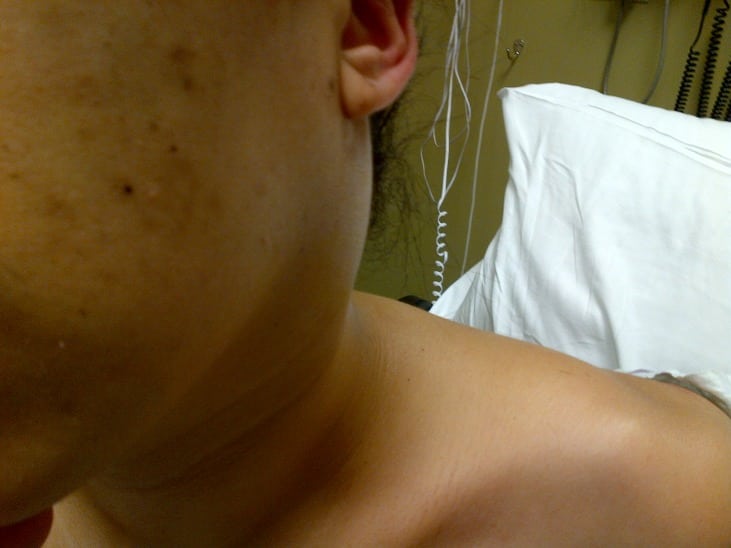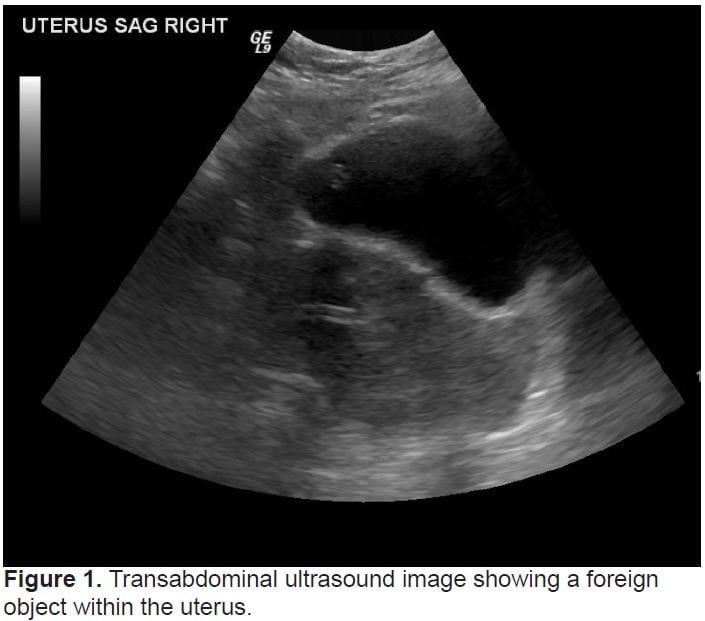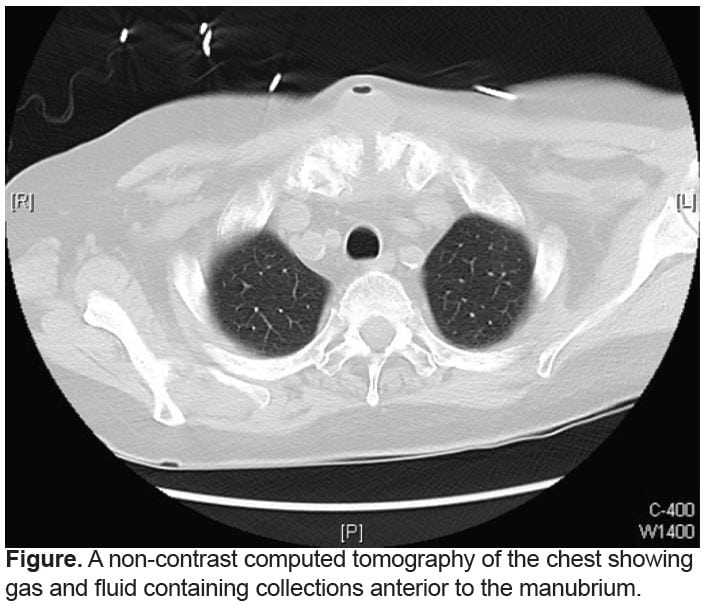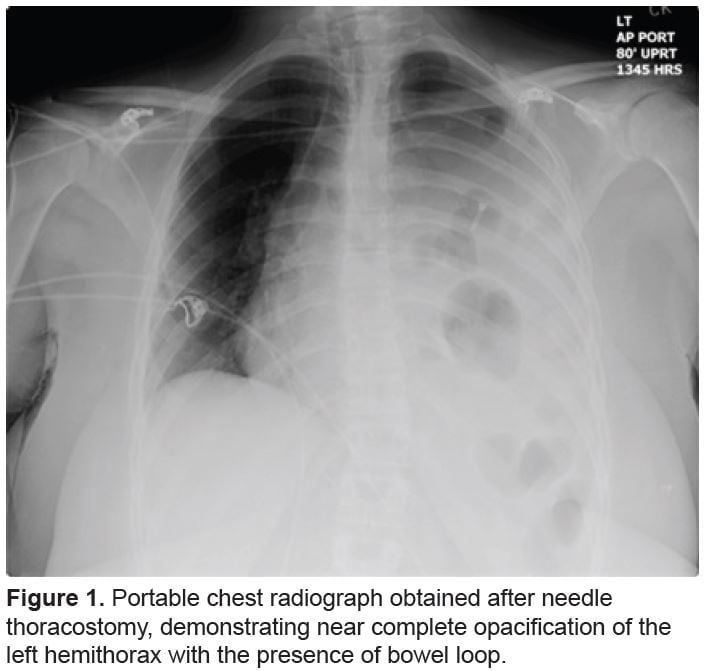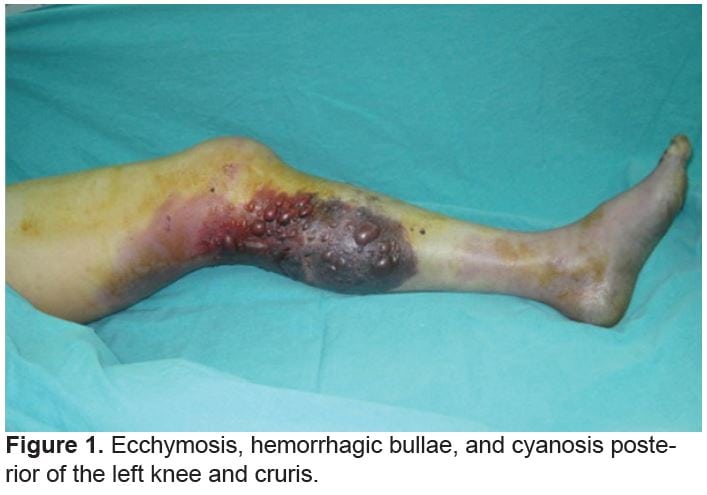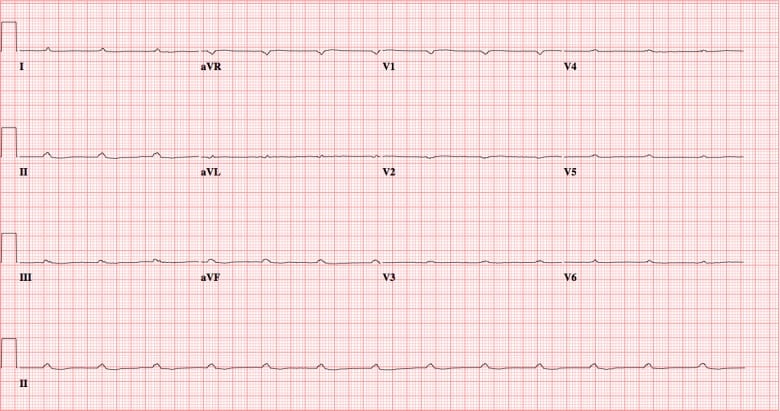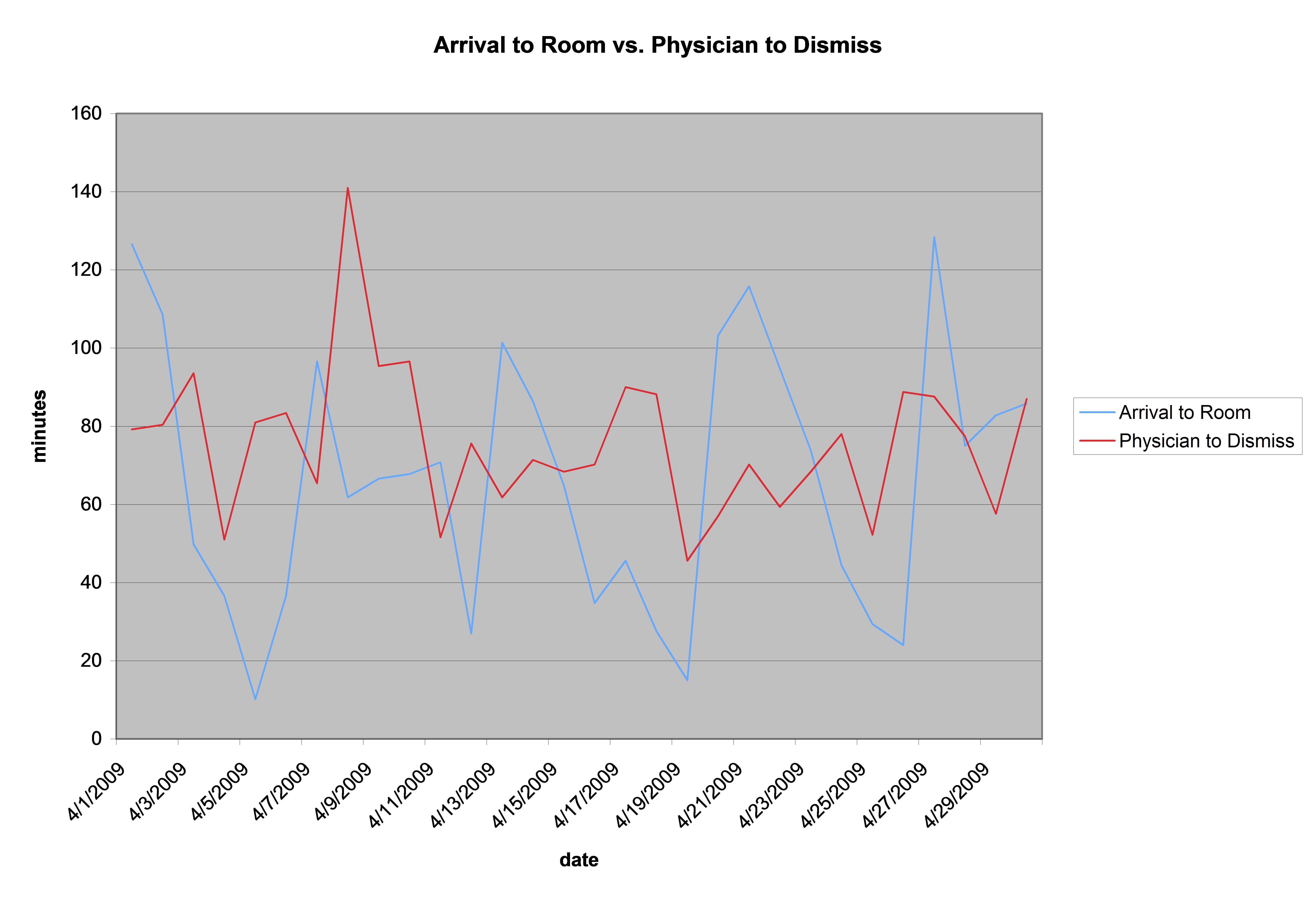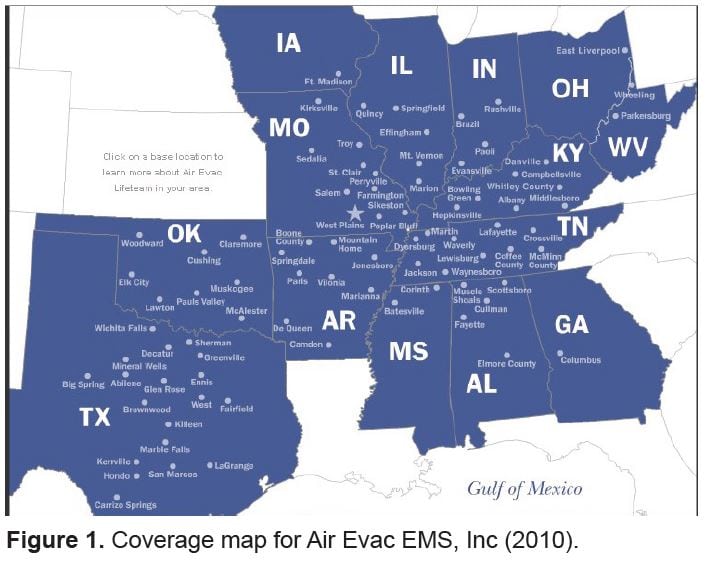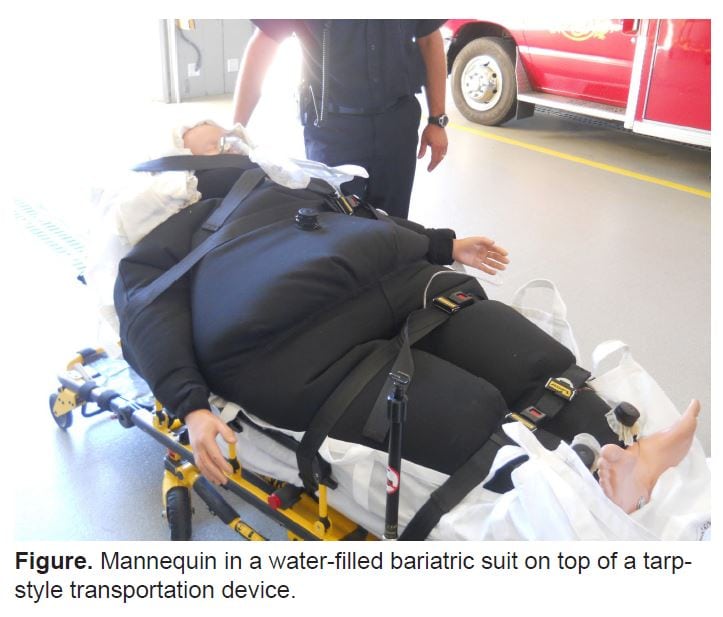Archives
Emergency Department Operations
Hospital Factors Impact Variation in Emergency Department Length of Stay more than Physician Factors
WestJEM Read More
Emergency Department Operations
Impact of a Teaching Service on Emergency Department Throughput
WestJEM Read More
Emergency Department Operations
Emergency Department Length of Stay: Accuracy of Patient Estimates
WestJEM Read More
Emergency Department Operations
Impact of Decontamination Therapy on Ultrasound Visualization of Ingested Pills
WestJEM Read More
Societal Impact on Emergency Care



